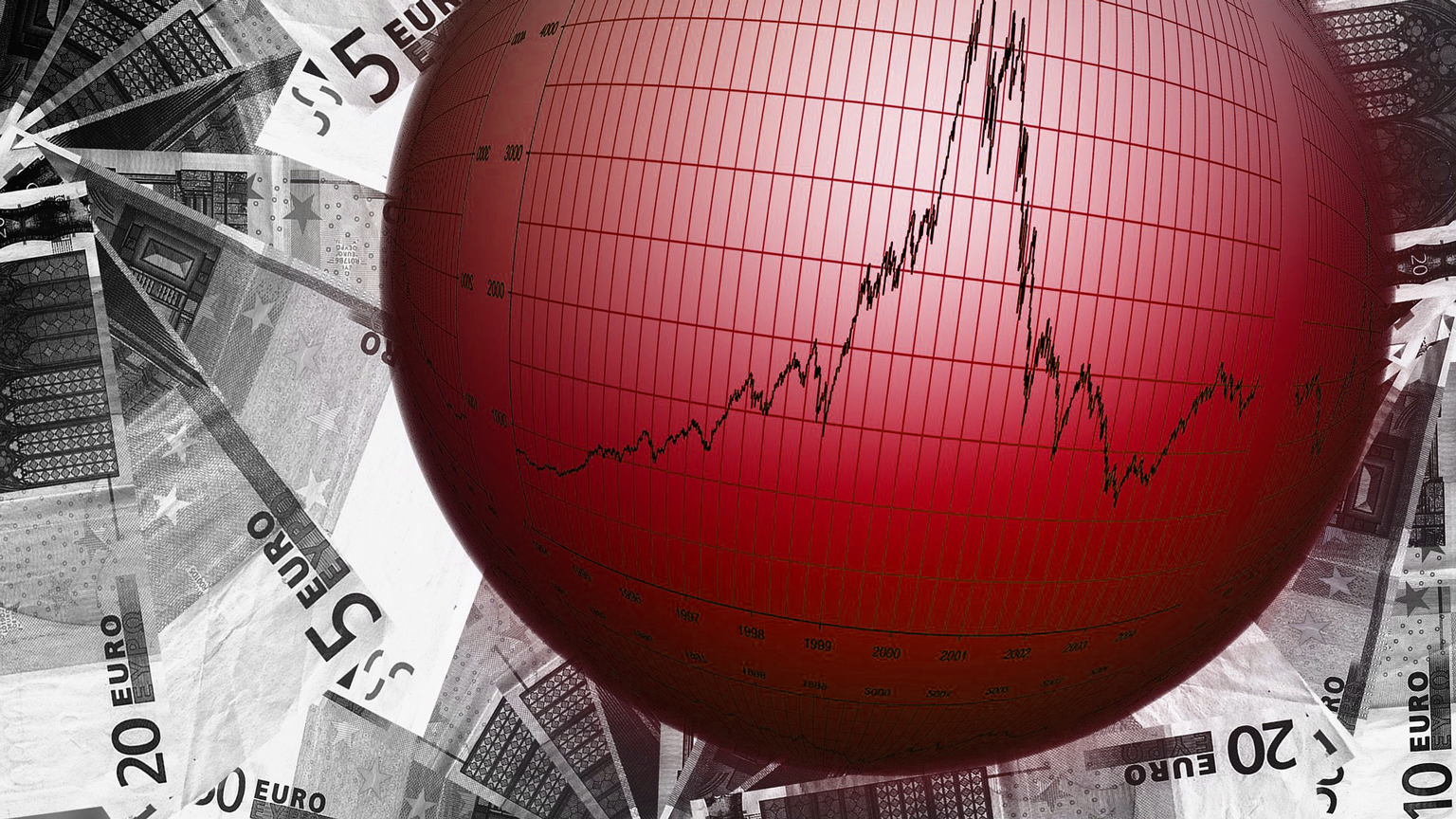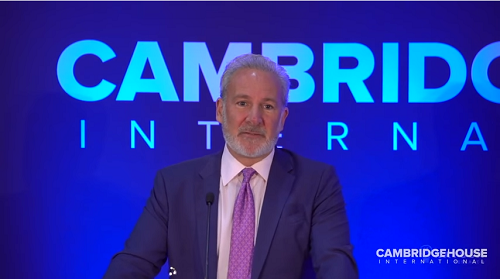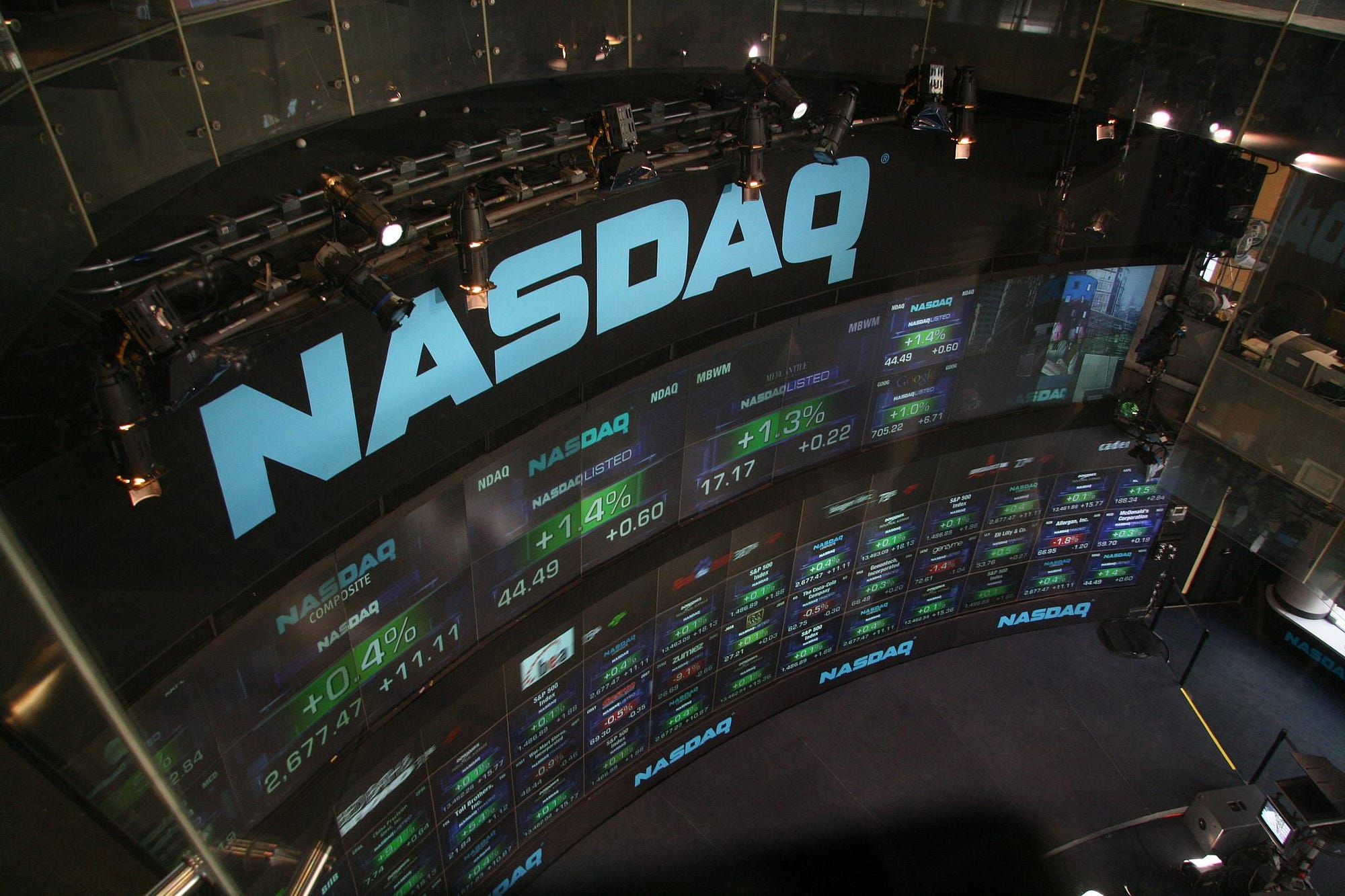I am quite surprised that investors don’t see the writing on the wall as it pertains to the most overvalued stock market in human history. While the PE Ratio of the S&P 500 isn’t as severe as it was in 1999, the debt, leverage, and margin are orders of magnitude higher. For example, in 1999 the U.S. Govt. debt was only $5.6 trillion compared to the $21 trillion today. Also, with higher debt levels comes higher interest payments.
Unfortunately, the U.S. Government and the economy is in a nasty feedback loop heading towards complete destruction. You can’t continue to print money, increase debt and leverage without causing severe disruptions in the future.
Today, investors have become way too complacent as the broader markets trade near their highs. However, as the markets really start to fall, complacency will eventually turn into panic. According to my analysis, the next critical level for the Dow Jones Index is 19,000:

I picked the 50-month moving average (MMA), shown in the blue line as the first critical level. Once the Dow Jones Index falls below 19,000, the next critical level will be 13,000, or the 200 MMA (in red). These levels aren’t “possibilities,” but rather, “guarantees” to occur over the next few years. Why do I say a guarantee? Well, if we look at some of the insane stock price charts below, you would have to be a complete imbècil to arrive at a different conclusion.
…click on the above link to read the rest of the article…


















